Home>Articles>How To Store Wine After Opening Without A Cork


Articles
How To Store Wine After Opening Without A Cork
Modified: February 5, 2024
Discover practical tips on how to store wine after opening without a cork in our informative articles. Learn the best methods to preserve the taste and quality of your favorite wines.
(Many of the links in this article redirect to a specific reviewed product. Your purchase of these products through affiliate links helps to generate commission for Storables.com, at no extra cost. Learn more)
Introduction
Opening a bottle of wine can often be a delightful experience, but what happens when you don’t finish the entire bottle? The problem arises when you realize you don’t have a cork to seal the wine bottle. The last thing you want is for your remaining wine to go to waste. Thankfully, there are alternative methods for keeping your wine fresh and flavorful without a traditional cork. In this article, we will explore different ways to store wine after opening without a cork.
Whether you misplaced the cork or simply don’t have one handy, there’s no need to panic. There are several options available that will help preserve the quality and taste of your wine. The key is to find a method that creates a seal and prevents air from entering the bottle, which can cause oxidation and spoil the wine.
In the following sections, we will discuss alternative methods for sealing an opened wine bottle without a cork. From using simple household items to specialized wine preservation tools, there are solutions to suit every situation. Let’s dive in and explore the options!
Key Takeaways:
- Don’t let a missing cork ruin your wine! From plastic wrap to wine stoppers, there are creative and effective ways to seal opened bottles and preserve the flavor for days.
- Whether it’s a rubber band or a wine preservation system, there’s a method for every situation. Enjoy your favorite wines without worrying about waste or loss of flavor.
Why you may not have a cork for your wine bottle
There are various reasons why you may not have a cork available to seal your wine bottle. Sometimes, the cork can break or crumble during the opening process, rendering it unusable. Other times, you might have misplaced the cork or simply don’t have any on hand. It’s also possible that you are traveling or hosting an event where corks are not readily accessible. Regardless of the reason, it is important to find an alternative method to seal your opened wine bottle to maintain its freshness.
It’s worth noting that there are different types of wine closures, and a cork is just one of them. Synthetic corks, screw caps, and glass stoppers are becoming increasingly popular alternatives to traditional corks. However, if you have a bottle with a cork closure and find yourself without a cork, don’t worry! There are several creative solutions to keep your wine bottle sealed and prevent spoilage.
Remember, a proper seal is essential to preserve the integrity of the wine. Exposure to oxygen can lead to oxidation, resulting in undesirable changes in flavor, aroma, and overall quality. By exploring alternative methods for sealing your wine bottle, you can ensure that each glass remains as enjoyable as the first.
Now that we understand why you may not have a cork available, let’s explore some effective methods for sealing an opened wine bottle without one. These techniques will not only help maintain the quality of your wine but also extend its shelf life, allowing you to savor it for longer.
Alternative methods for sealing an opened wine bottle
When you find yourself without a cork to seal your opened wine bottle, there are several alternative methods you can use to keep your wine fresh and flavorful. These methods range from simple household items to specialized wine preservation tools. Let’s explore some effective options:
1. The Plastic Wrap Method: One of the easiest and most accessible methods is to wrap the neck of the bottle tightly with plastic wrap. This creates a temporary seal that helps prevent oxygen from entering the bottle. Make sure to cover the entire opening and secure the plastic wrap in place with a rubber band or tape.
2. The Rubber Band Method: Similar to the plastic wrap method, you can use a rubber band to create a makeshift seal for your wine bottle. Place the rubber band around the neck of the bottle, ensuring a tight fit. This technique helps maintain the wine’s freshness by minimizing air exposure.
3. The Wine Stopper Method: If you have access to a wine stopper, whether it’s a reusable one or a disposable one, it can be an excellent option for sealing an opened wine bottle. Wine stoppers are specifically designed to create an airtight seal, preserving the wine’s flavors and aromas. Insert the stopper into the bottle’s neck and secure it firmly.
4. The Wine Preserver Method: Investing in a wine preservation system, such as a vacuum pump or a gas spray, is another effective way to seal an opened wine bottle without a cork. These systems remove excess air from the bottle, creating a vacuum seal that helps maintain the wine’s freshness for an extended period. Follow the manufacturer’s instructions for proper usage.
While these alternative methods can be effective in sealing an opened wine bottle, it’s important to note that they are temporary solutions. They may help preserve the wine’s quality for a few days, but for longer-term storage, it’s best to transfer the wine to a smaller container or invest in a proper wine preservation system.
Remember, each method has its advantages and limitations. Factors such as the type of wine, the duration of storage, and personal preference should be considered when choosing the most suitable method for sealing your opened wine bottle.
Now that you are aware of different ways to seal an opened wine bottle without a cork, you can confidently enjoy your favorite wines without worrying about waste or loss of flavor. Whether you opt for the plastic wrap method, the rubber band method, a wine stopper, or a wine preservation system, you can ensure that every sip is as delightful as the first.
The Plastic Wrap Method
The Plastic Wrap Method is a simple and convenient way to seal an opened wine bottle when you don’t have a cork available. This method utilizes plastic wrap, a household item that is usually easily accessible.
To use the Plastic Wrap Method, follow these steps:
- Ensure that the neck of the wine bottle is clean and dry.
- Tear off a piece of plastic wrap large enough to cover the entire opening of the bottle.
- Place the plastic wrap over the top of the bottle, extending beyond the rim.
- Press down firmly to create a tight seal around the neck of the bottle.
- Secure the plastic wrap in place with a rubber band or tape.
By wrapping the wine bottle tightly with the plastic wrap, you create a temporary seal that helps prevent air from entering the bottle and oxidizing the wine. It’s important to ensure that the plastic wrap completely covers the opening to maintain the freshness and integrity of the wine.
While the Plastic Wrap Method is effective for short-term storage, it is not recommended for long-term storage. The plastic wrap may not provide a completely airtight seal, and over time, the wine may still be exposed to some level of oxidation. It’s best to consume the wine within a few days to enjoy it at its best.
Additionally, it’s important to note that this method works best for still wines, as carbonated or sparkling wines may cause the plastic wrap to pop off due to the pressure exerted by the carbonation. For sparkling wines, it’s recommended to consume the bottle fully or invest in a proper closure specifically designed for sparkling wine bottles.
Overall, the Plastic Wrap Method is a reliable and accessible option for temporarily sealing an opened wine bottle without a cork. It allows you to enjoy the remaining wine for a few days while preserving its flavor and aroma. Remember to store the bottle upright to prevent any potential leaks or spills, and always check the wine before consuming to ensure it hasn’t spoiled.
Now that you know how to use the Plastic Wrap Method, you can confidently open a bottle of wine without worrying about wasting the remaining wine. Cheers to enjoying every sip!
The Rubber Band Method
The Rubber Band Method is another simple and effective way to seal an opened wine bottle in the absence of a cork. This method utilizes a rubber band, a common household item that can create a secure seal around the neck of the bottle.
To use the Rubber Band Method, follow these steps:
- Ensure that the neck of the wine bottle is clean and dry.
- Take a thick rubber band and stretch it out slightly to make it easier to fit around the bottle.
- Hold the rubber band near the top of the bottle’s neck and place it over the opening.
- Move the rubber band down the neck of the bottle, securing it tightly as you go.
- Ensure that the rubber band is securely wrapped around the bottle’s neck, creating a tight seal.
By using a rubber band, you create pressure around the neck of the bottle, which helps to keep the wine sealed and prevents air from entering. It’s essential to ensure that the rubber band is tight enough to maintain a good seal but not too tight to break the bottle or damage the closure.
The Rubber Band Method is a reliable solution for sealing opened wine bottles for a short period. However, it’s important to note that this method may not provide the same level of airtightness as a cork or specialized wine stoppers. Therefore, it’s recommended to consume the wine within a few days to enjoy it at its best.
It’s also worth mentioning that the Rubber Band Method is most suitable for still wines. For carbonated or sparkling wines, the pressure from the carbonation may cause the rubber band to pop off. In such cases, it’s best to fully consume the bottle or invest in closures specifically designed for sparkling wines.
Additionally, storing the wine bottle upright after applying the rubber band ensures that any potential leaks or spills are minimized. Always check the wine before consuming to ensure it hasn’t spoiled and to enjoy it at its optimal quality.
The Rubber Band Method offers a practical solution for sealing an opened wine bottle without a cork. With a simple rubber band, you can keep your wine fresh and enjoyable for a short period. It’s a convenient option for times when a traditional cork is not available.
Now that you are familiar with the Rubber Band Method, you can confidently open a bottle of wine knowing you have a reliable way to seal it without a cork. Cheers to savoring every last drop!
Store the opened wine in a clean, airtight container such as a glass jar or wine bottle with a screw cap. Keep it in the refrigerator to slow down oxidation and preserve the flavor for a few days.
The Wine Stopper Method
The Wine Stopper Method is a reliable and convenient way to seal an opened wine bottle without a cork. This method involves using a wine stopper, which is specifically designed to create an airtight seal to preserve the freshness and quality of the wine.
To use the Wine Stopper Method, follow these steps:
- Ensure that the neck of the wine bottle is clean and dry.
- Insert the wine stopper into the bottle’s neck.
- Push the stopper down firmly until it creates a tight seal.
- Ensure that the wine stopper is securely in place and does not move or come out easily.
A wine stopper is typically made of materials such as rubber, silicone, or stainless steel, which are all excellent at creating an airtight seal. These stoppers are available in various sizes and designs, making it easy to find one that fits the specific bottle you are using.
The Wine Stopper Method is highly effective in sealing an opened wine bottle for an extended period. The airtight seal created by the wine stopper helps prevent the wine from coming into contact with air, significantly reducing oxidation and preserving the flavors and aromas of the wine.
One advantage of using a wine stopper is its reusability. You can remove and reseal the bottle multiple times without compromising the quality of the wine. This is particularly beneficial if you plan to consume the wine over several days or weeks.
It’s important to note that not all wine stoppers are created equal. While most are designed to provide a secure seal, it’s essential to choose a high-quality stopper to ensure optimal preservation of the wine. Look for stoppers that fit snugly into the bottle’s neck and have reliable sealing properties.
In addition, the Wine Stopper Method is suitable for both still wines and sparkling wines. Make sure to choose a wine stopper that is specifically designed for sparkling wine bottles if you are sealing a bottle of sparkling wine. This will ensure that the stopper can withstand the pressure from the carbonation and maintain an airtight seal.
With the Wine Stopper Method, you can confidently seal an opened wine bottle without a cork and enjoy the remaining wine at your own pace. It’s a convenient and effective solution for preserving the quality of your wine over an extended period.
Now that you are familiar with the Wine Stopper Method, you can choose the perfect wine stopper for your opened bottle and savor the wine with peace of mind. Cheers to enjoying every glass!
The Wine Preserver Method
The Wine Preserver Method is a highly effective way to seal an opened wine bottle without a cork and extend its shelf life. This method involves using specialized wine preservation tools such as a vacuum pump or a gas spray to create a seal and remove excess air from the bottle.
To use the Wine Preserver Method, follow these steps:
- Ensure that the neck of the wine bottle is clean and dry.
- If using a vacuum pump, insert the pump’s stopper or attachment into the bottle’s neck.
- Pump the handle or press the button to create a vacuum seal, removing excess air from the bottle.
- If using a gas spray, attach the spray nozzle to the bottle’s neck and release a few bursts of the gas into the bottle.
- Quickly seal the bottle with a stopper, cork, or another suitable closure.
The Wine Preserver Method works by removing the oxygen from the bottle, which is a primary cause of wine degradation. By minimizing the air exposure, you can significantly reduce oxidation and preserve the wine’s flavors, aromas, and quality.
A vacuum pump creates a vacuum seal inside the wine bottle, effectively removing the air from the bottle’s space. This method is particularly effective for preserving the wine over an extended period, as it creates an airtight environment that slows down the oxidation process.
Gas sprays, on the other hand, typically use inert gases like argon or nitrogen to displace the oxygen in the bottle. These gases are denser than air and form a protective layer over the wine, preventing further oxidation. The gas spray method is usually more suitable for short-term preservation but can still be effective in extending the wine’s freshness.
It’s important to follow the manufacturer’s instructions when using a wine preservation system to ensure proper usage and maximum effectiveness.
One advantage of the Wine Preserver Method is that it allows you to keep the wine fresh for a longer duration, giving you the flexibility to enjoy the remaining wine over multiple days or even weeks. However, it’s important to note that the wine may still experience some gradual changes in flavor and aroma over time.
When choosing a wine preservation system, consider factors such as ease of use, reliability, and compatibility with different bottle sizes. It’s also advisable to invest in a system that provides refillable gas cartridges or replaceable stoppers to ensure long-term cost-effectiveness.
With the Wine Preserver Method, you can confidently seal an opened wine bottle without a cork and enjoy the wine at your own pace without compromising its quality. It’s a convenient and efficient solution for those who want to extend the shelf life of their opened bottles.
Now that you are familiar with the Wine Preserver Method, you can choose the right wine preservation system for your needs and continue to enjoy the exquisite flavors of your wine for an extended period. Cheers to preserving the taste of every glass!
Factors to consider when choosing a method
When it comes to choosing the right method for sealing an opened wine bottle without a cork, there are several factors to consider. Each method has its advantages and limitations, and understanding these factors will help you make an informed decision. Here are some key factors to consider:
Type of Wine: Different wines have varying levels of sensitivity to air exposure. Lighter wines and those with more delicate flavors and aromas may be more affected by oxidation, making it crucial to choose a method that provides a reliable seal. Robust red wines or wines with higher tannin levels may be more forgiving in terms of preservation methods.
Duration of Storage: Consider how long you plan to store the opened wine bottle. If you intend to consume the wine within a day or two, simpler methods like the Plastic Wrap Method or the Rubber Band Method can be effective. For longer storage periods, investing in a wine stopper or a wine preservation system, such as a vacuum pump or a gas spray, is recommended to maintain the wine’s quality over time.
Type of Closure: Evaluate the type of closure the wine bottle originally had. If the bottle is designed for screw caps, glass stoppers, or synthetic corks, it may be easier to reseal the bottle using the same closure. However, if the bottle originally had a natural cork, alternative methods become necessary to seal it once opened.
Ease of Use: Consider the simplicity and convenience of each method. Some methods, such as the Plastic Wrap Method or the Rubber Band Method, require only common household items. On the other hand, using a wine stopper or a wine preservation system may involve additional equipment, but these methods often provide a more reliable seal.
Reusable or Disposable: Decide whether you prefer a method that allows for repeated use or one that is more disposable. Wine stoppers and wine preservation systems are typically reusable, offering long-term cost-effectiveness. Alternatively, methods like the Plastic Wrap Method or the Rubber Band Method are more disposable but can still be effective for short-term storage.
Sparkling Wine or Still Wine: Consider the type of wine you are sealing. Carbonated or sparkling wines require stronger closures to withstand the pressure from the carbonation. If you are sealing a sparkling wine, ensure that the method you choose is specifically designed for this purpose.
Personal Preference: Ultimately, your personal preference plays a role in choosing the best method for sealing an opened wine bottle without a cork. Take into account your comfort level with each method, as well as the availability of materials or tools required for each method.
By considering these factors, you can select the most suitable method for sealing your opened wine bottle, ensuring the preservation of its quality and allowing you to enjoy the wine at its best.
Now that you have a better understanding of the factors to consider, you can confidently choose the method that aligns with your needs and preferences. Cheers to enjoying every sip of your well-preserved wine!
Conclusion
When you find yourself without a cork to seal an opened wine bottle, there are several alternative methods available to preserve the remaining wine’s freshness and flavor. From the simple Plastic Wrap Method and Rubber Band Method to the more sophisticated Wine Stopper Method and Wine Preserver Method, each technique offers a solution to keep your wine enjoyable for a longer period.
It’s important to remember that the chosen method should create a seal that effectively minimizes air exposure and oxidation. Factors such as the type of wine, duration of storage, and personal preferences should be considered when selecting the most suitable sealing method.
The Plastic Wrap Method and Rubber Band Method are accessible options that can be easily improvised using household items. These methods provide a temporary seal for short-term storage, allowing you to savor the remaining wine for a few days.
The Wine Stopper Method offers a reliable and reusable solution for sealing opened wine bottles. Designed specifically for wine preservation, wine stoppers create an airtight seal that maintains the wine’s flavors and aromas over an extended period. It is an ideal choice for those who want to enjoy their wine over multiple days or weeks.
The Wine Preserver Method, involving the use of a vacuum pump or a gas spray, provides an excellent option for preserving the wine’s freshness for an extended period. By removing excess air or replacing it with protective gas, these systems significantly reduce oxidation and extend the shelf life of the wine. The Wine Preserver Method is ideal for those who prefer longer-term storage without compromising on quality.
Ultimately, the choice of method depends on personal preference, the type of wine, and the duration of storage. Whichever method you choose, always ensure that the bottle is sealed tightly and stored properly to maintain the wine’s flavor and aroma.
Remember to check the wine before consuming to ensure it hasn’t spoiled or changed in undesirable ways. While these alternative methods can help preserve the wine’s quality, it’s important to note that they are temporary solutions, and it’s best to enjoy the wine within a reasonable time frame.
With the knowledge of these alternative methods, you can confidently open a bottle of wine without worrying about wasting the remaining wine. Whether you opt for the simplicity of plastic wrap, the convenience of a rubber band, the reliability of a wine stopper, or the sophistication of a wine preserver, you can ensure that each glass of wine is as delightful as the first.
Now go ahead and enjoy the world of wine with the assurance that you can store your opened bottles without a cork and still savor every drop!
Frequently Asked Questions about How To Store Wine After Opening Without A Cork
Was this page helpful?
At Storables.com, we guarantee accurate and reliable information. Our content, validated by Expert Board Contributors, is crafted following stringent Editorial Policies. We're committed to providing you with well-researched, expert-backed insights for all your informational needs.
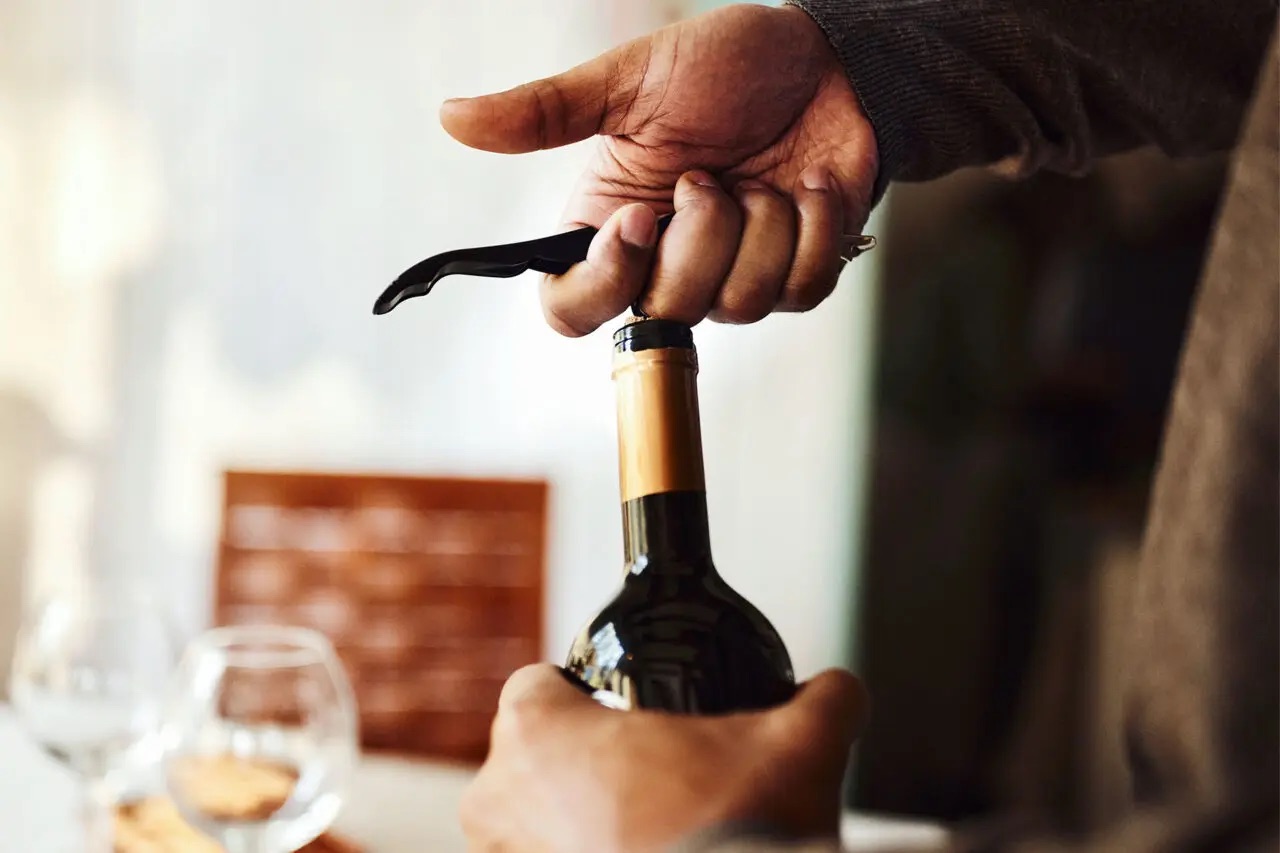
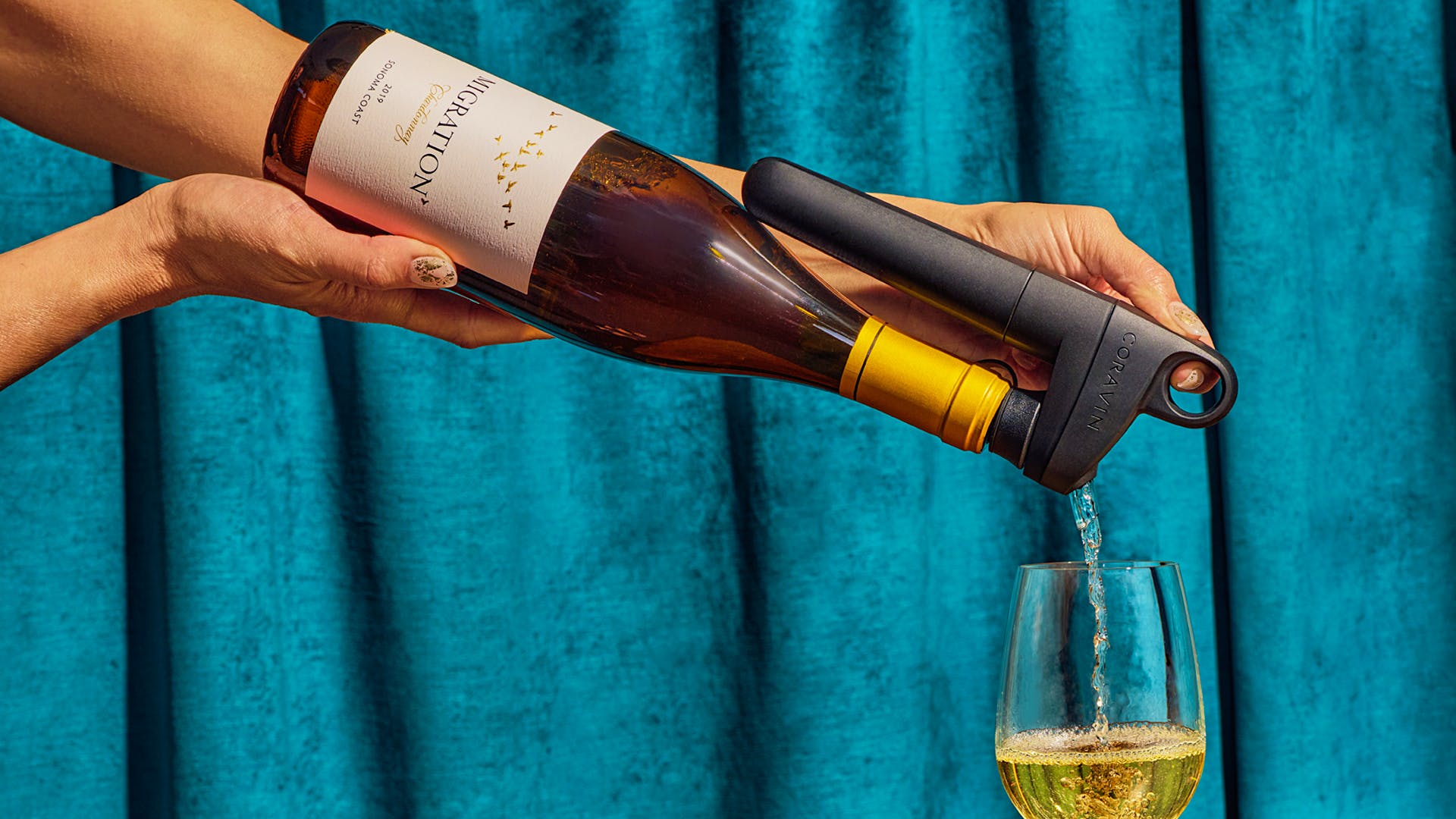
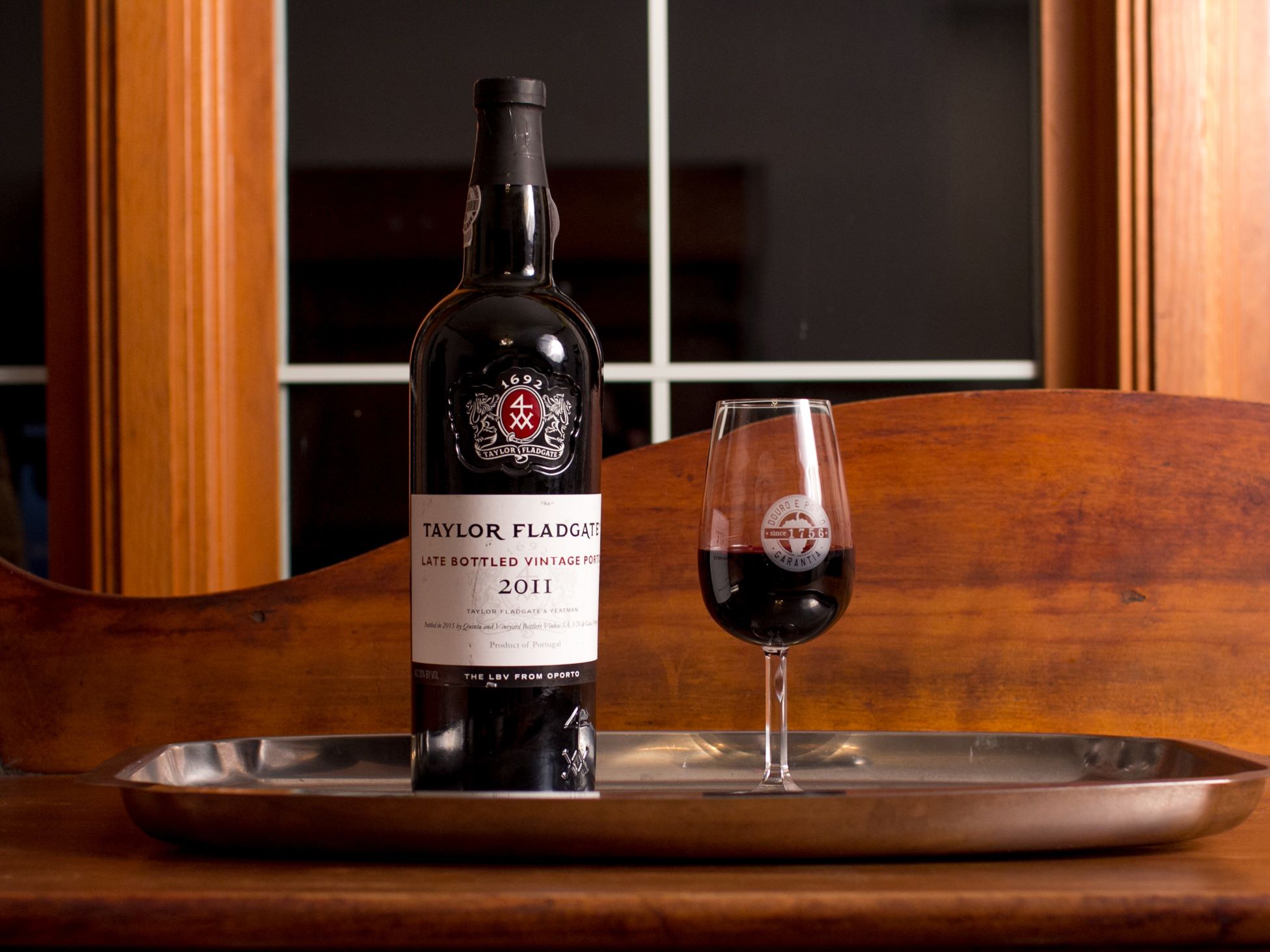
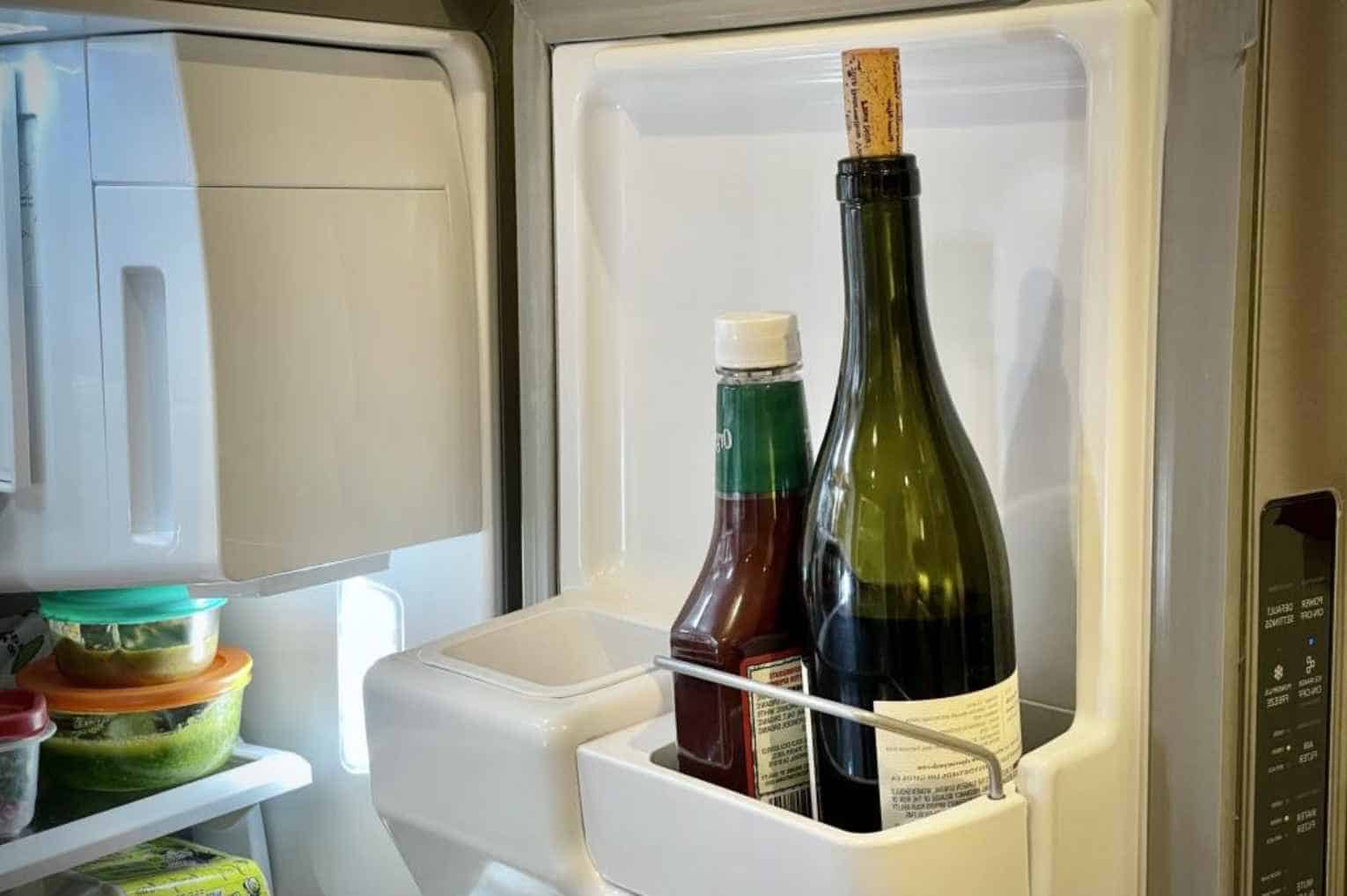
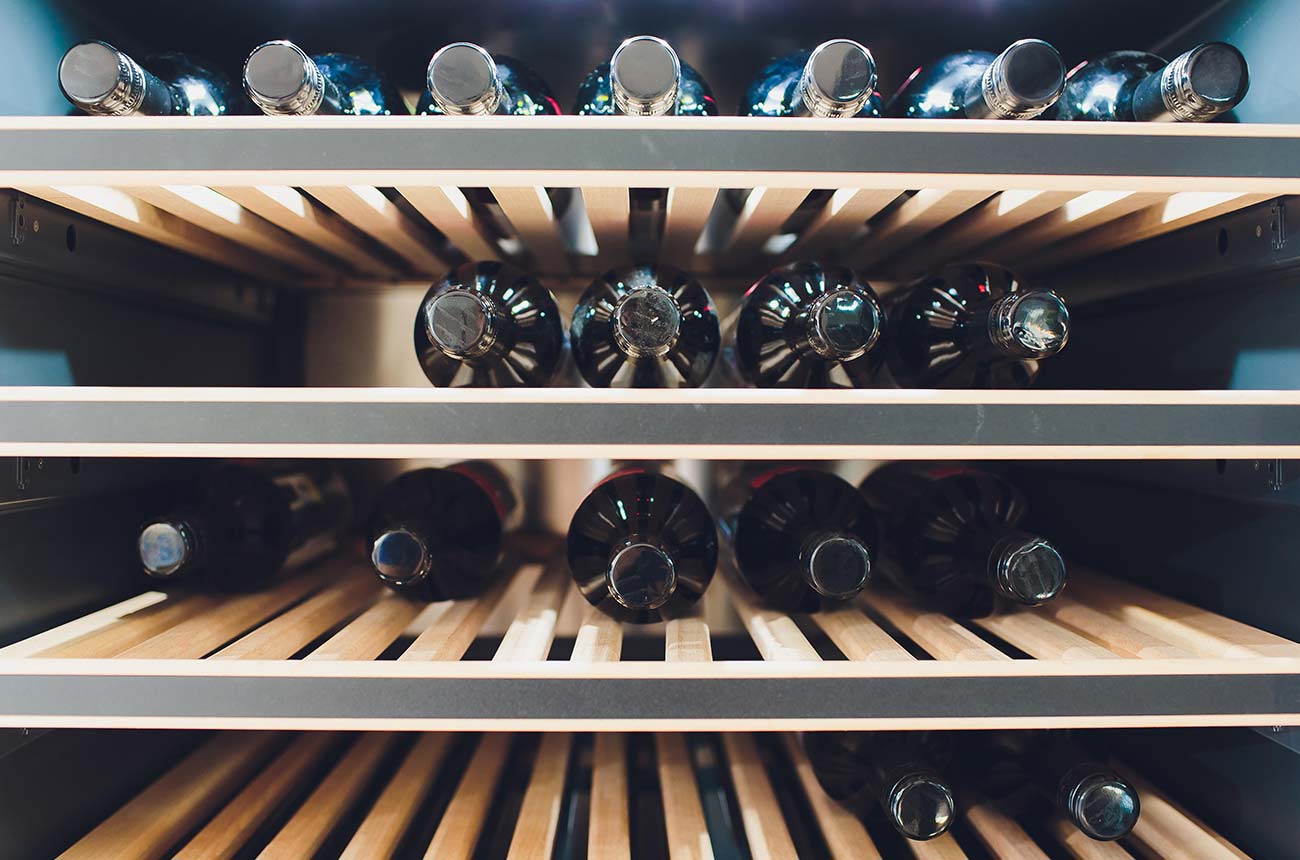
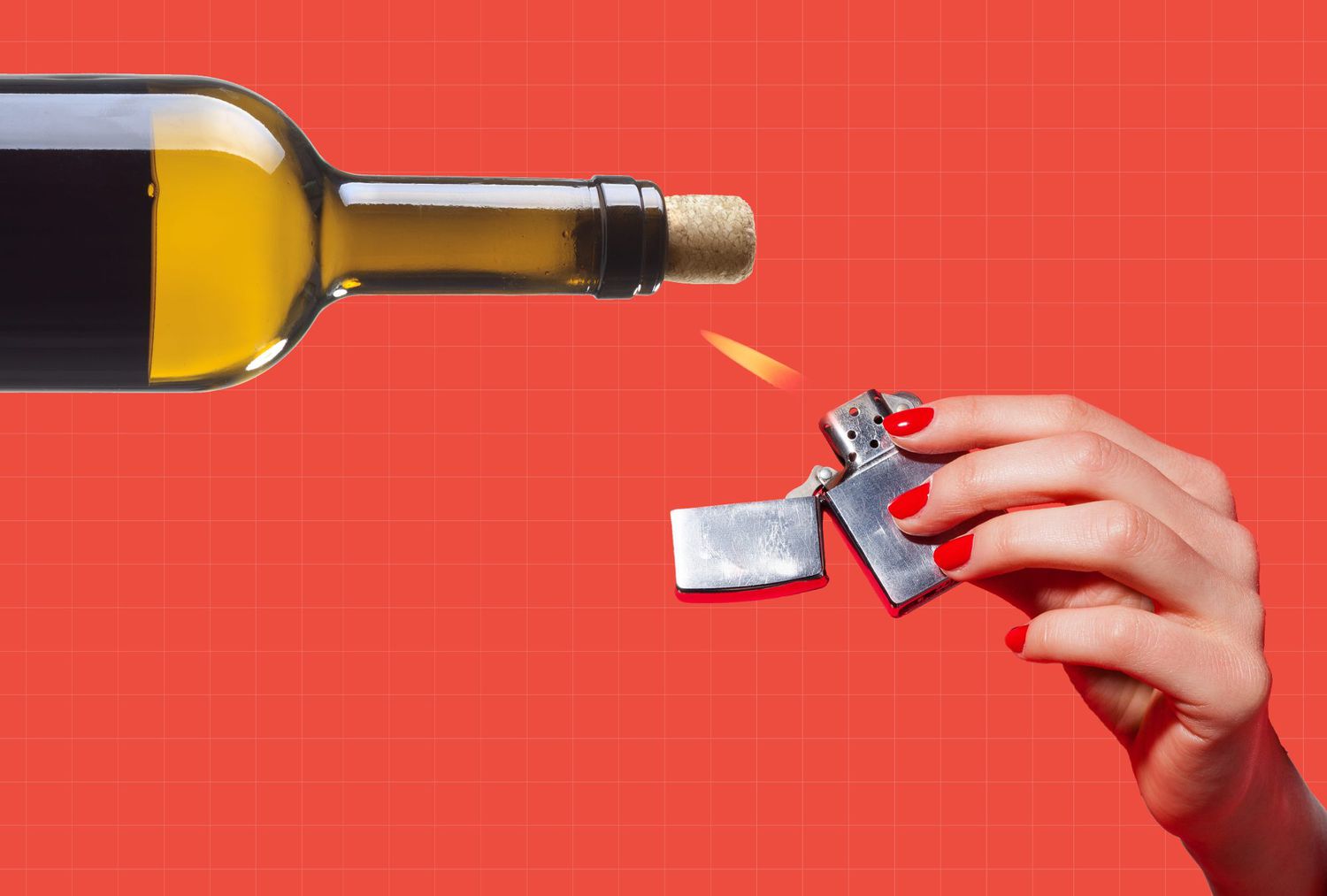
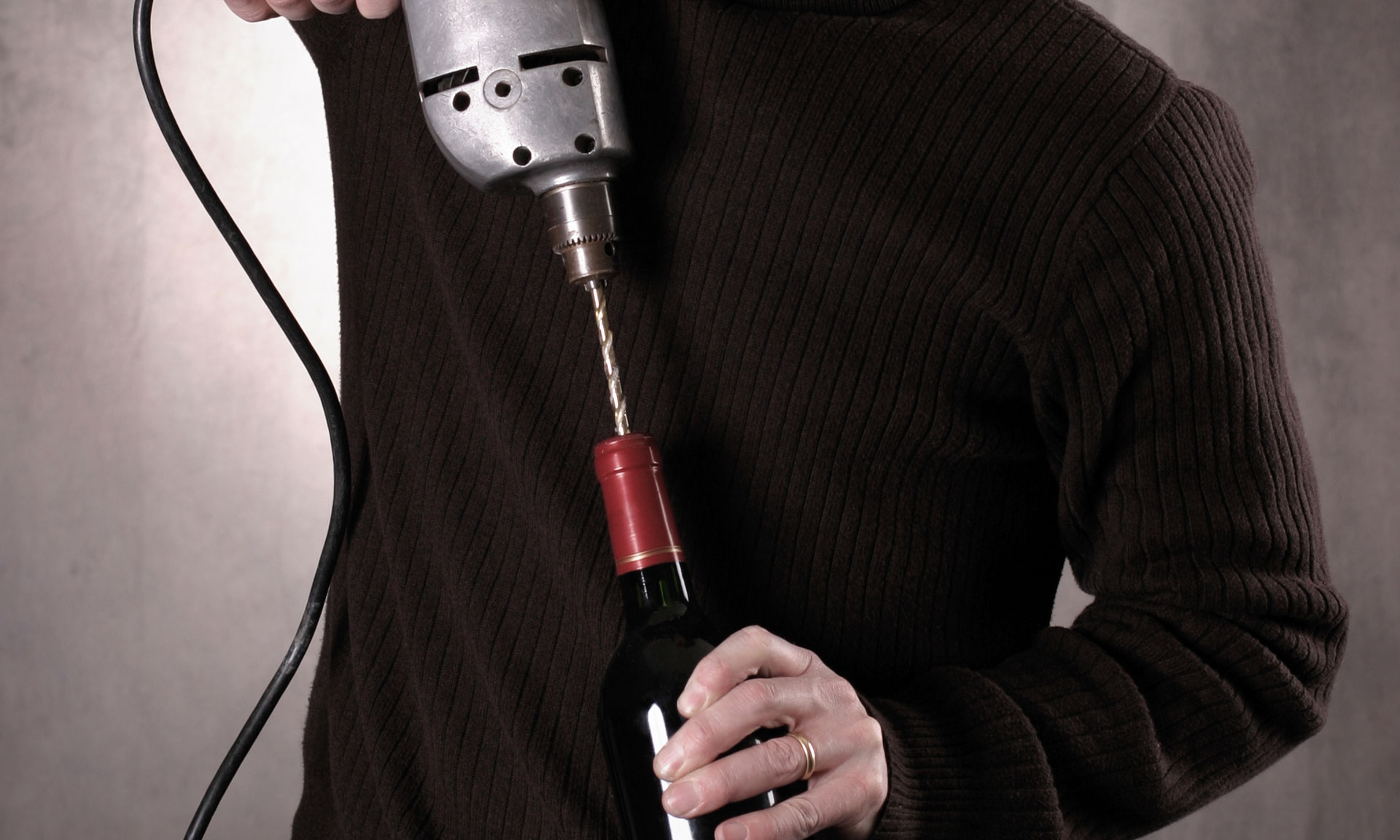
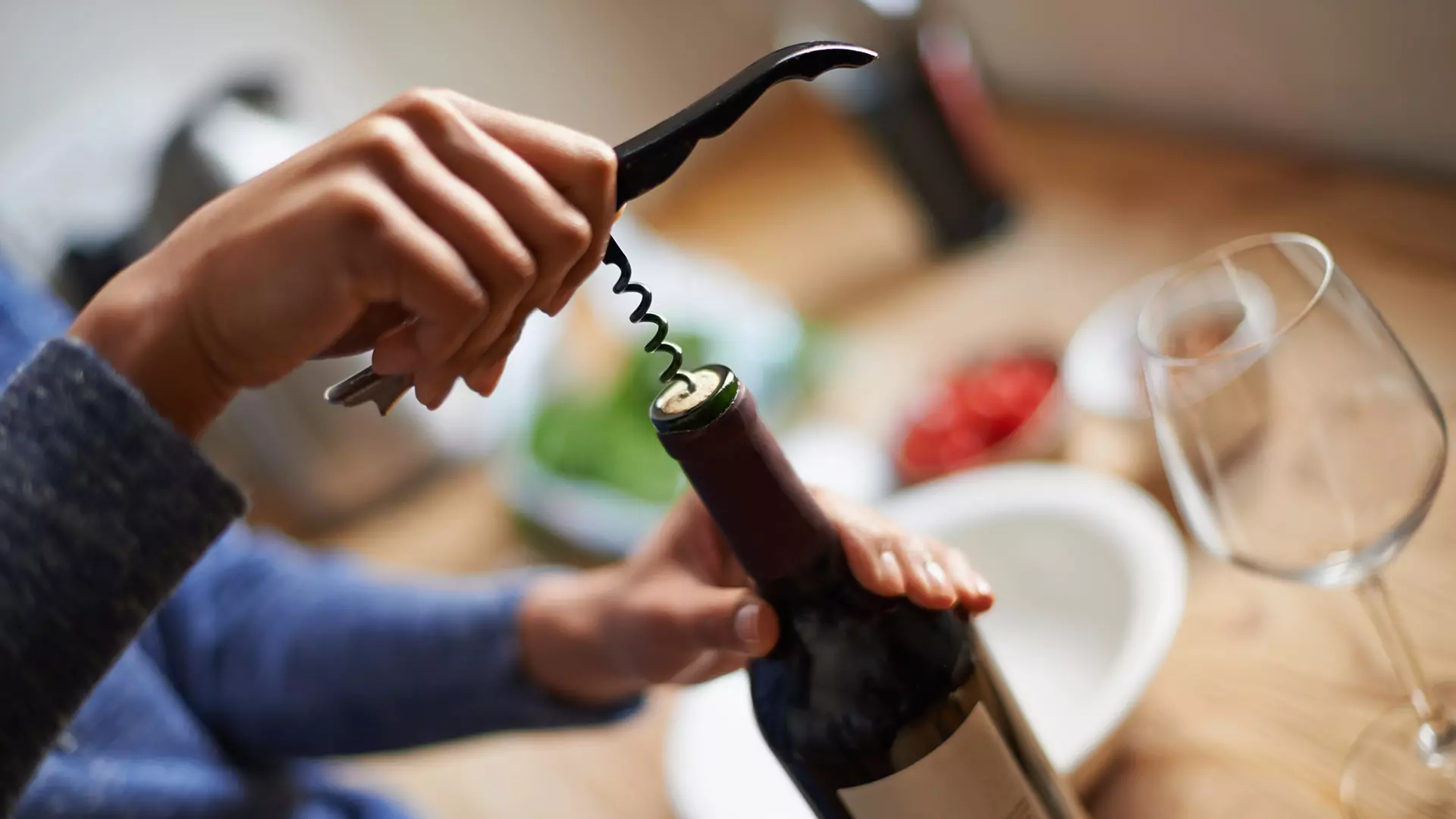
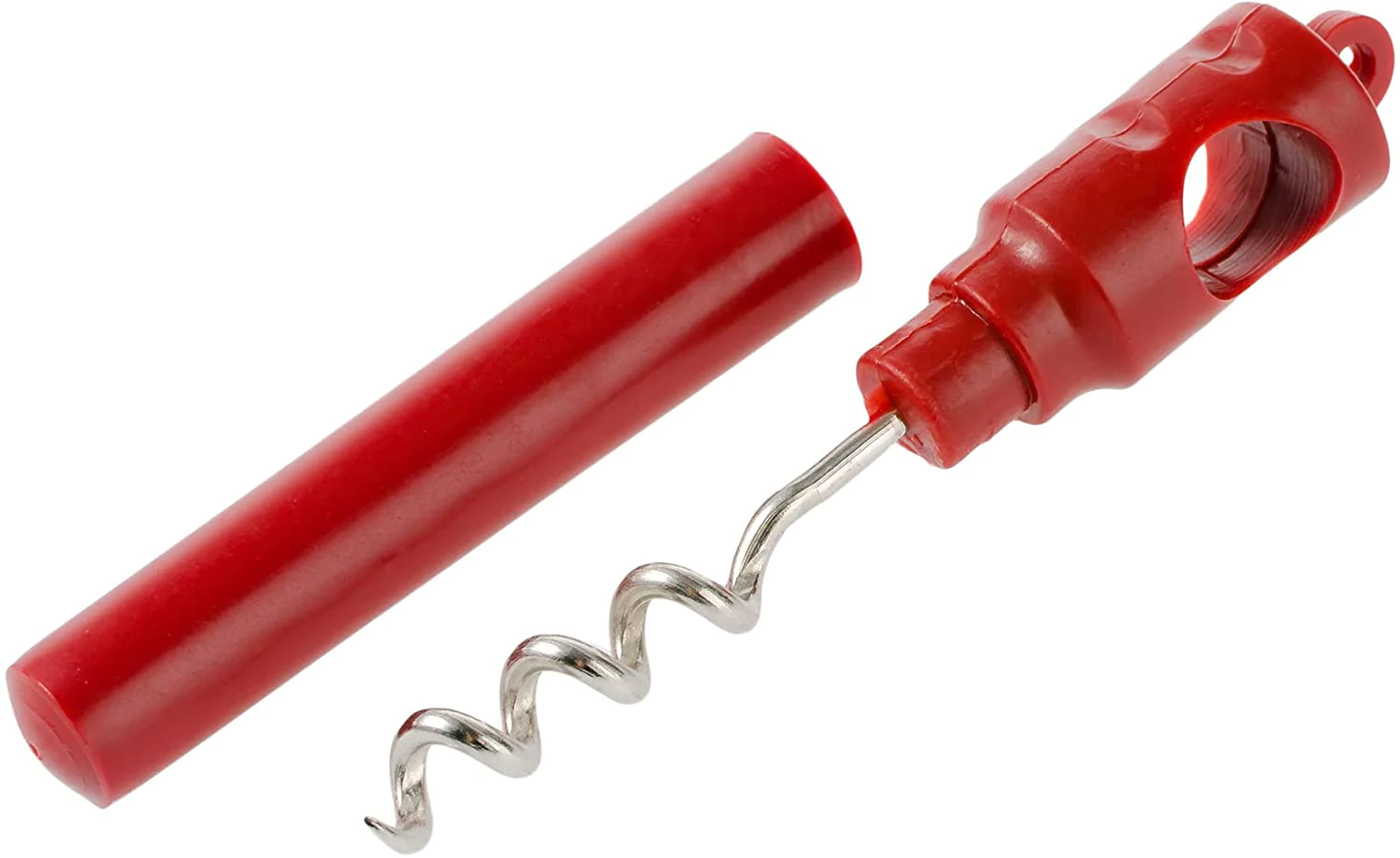
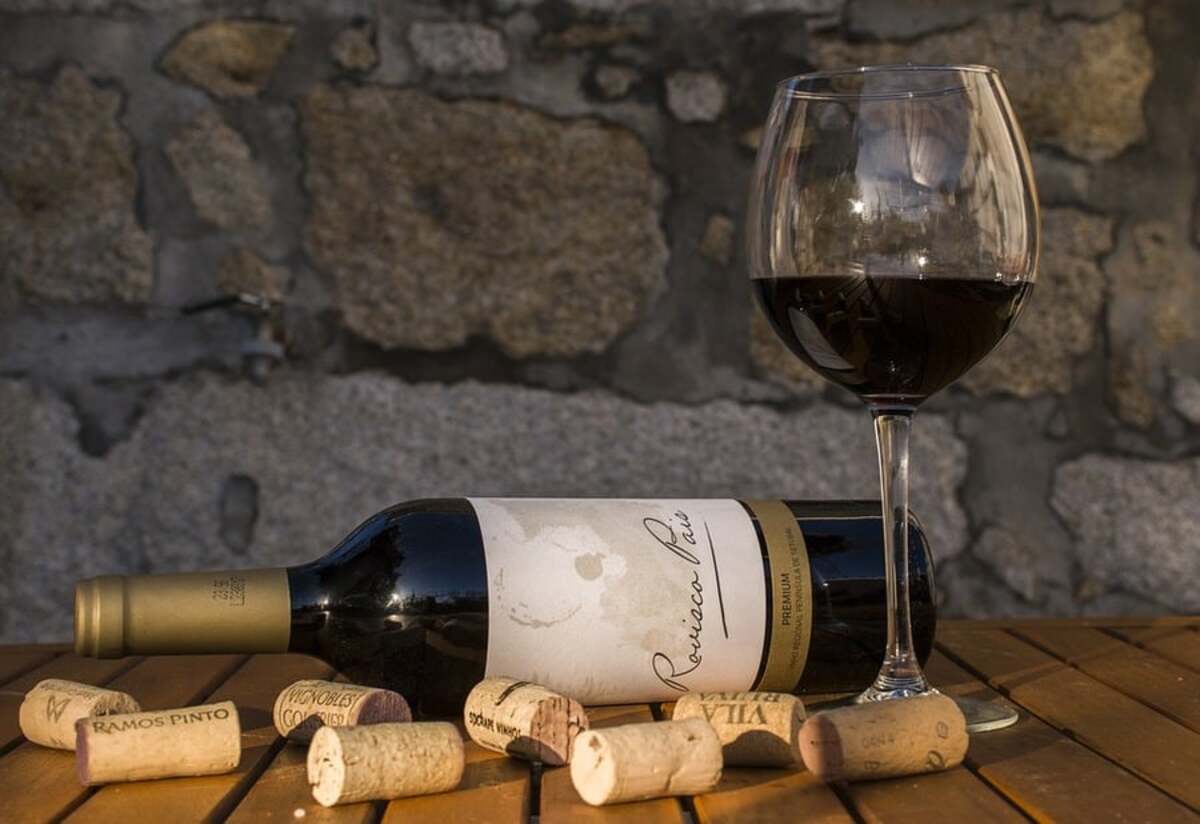
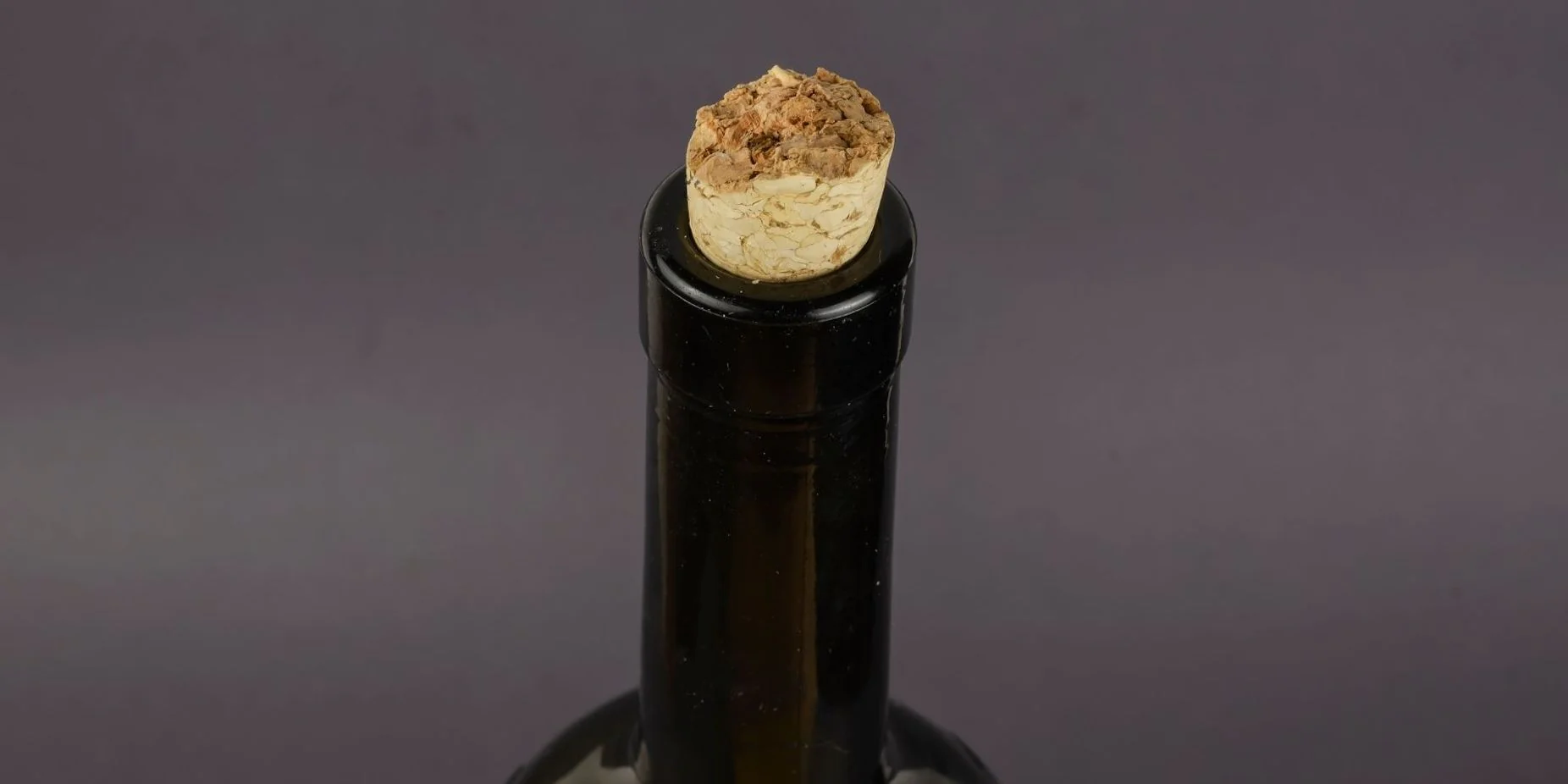

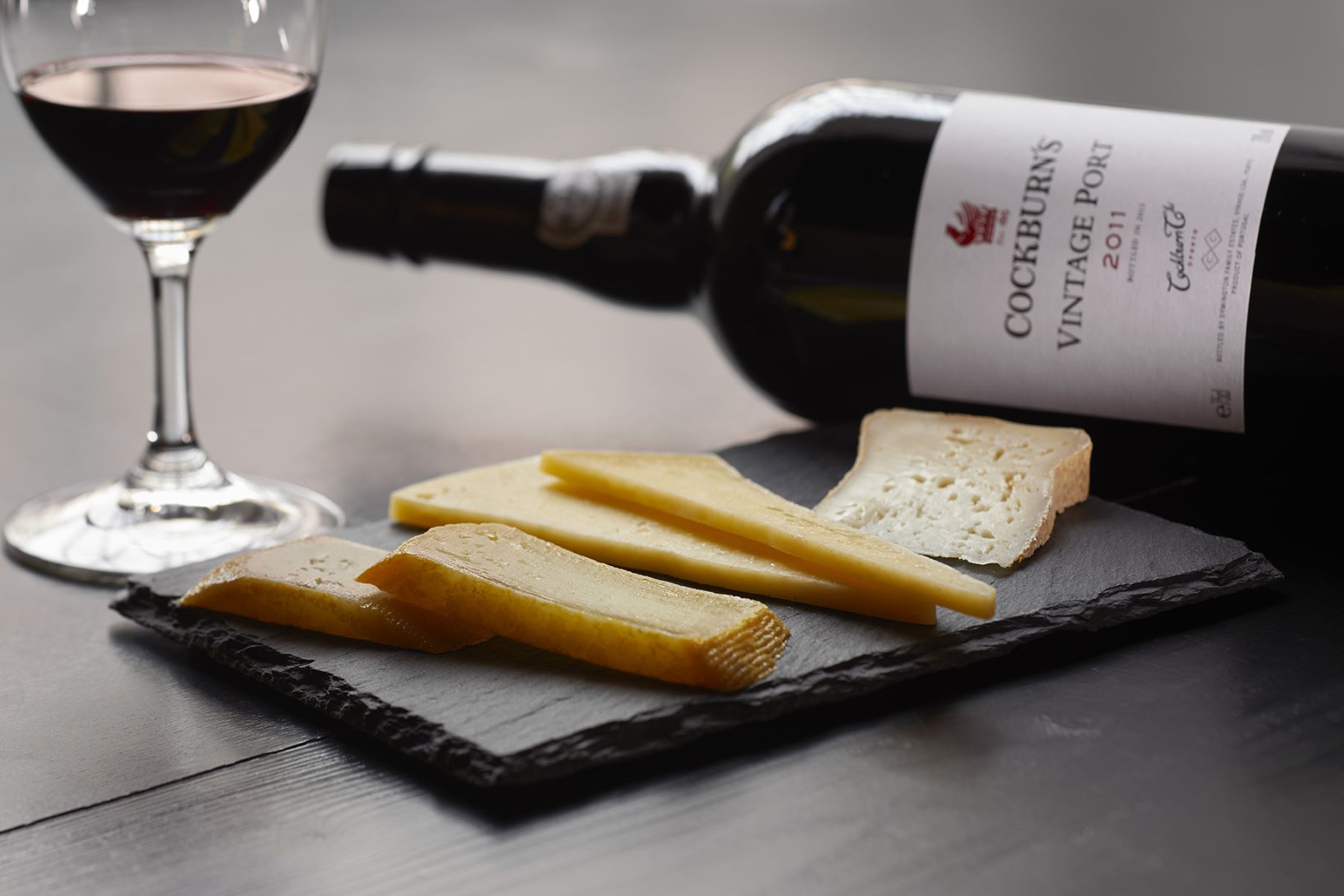
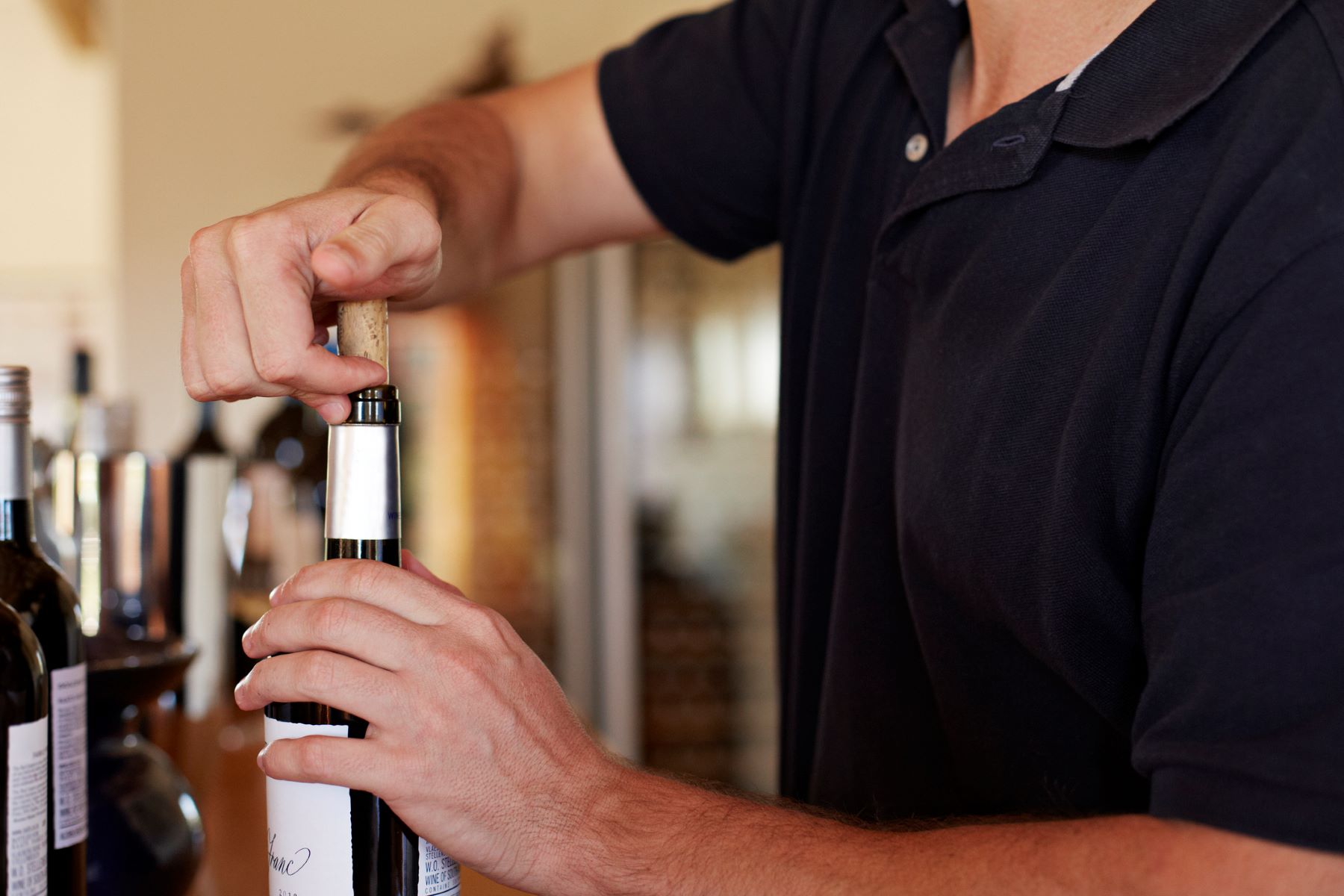

0 thoughts on “How To Store Wine After Opening Without A Cork”